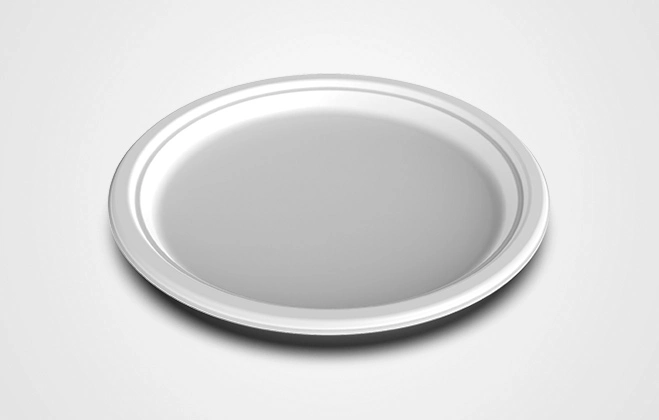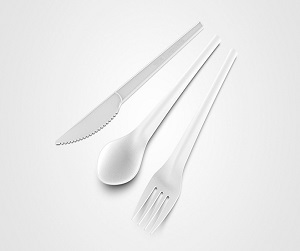PLA Packaging
Polylactic acid (PLA) is one of the most commonly produced bioplastics in the world, used in everything from textiles to cosmetics. It is non-toxic, making it a popular choice in the food and beverage industry, where it is used to package a variety of items including coffee. PLA is produced by fermenting carbohydrates, such as corn or sugarcane, that come from renewable resources. The resulting resin fibers have properties similar to petroleum-based plastics. They can be molded, shaped, and colored to meet a variety of needs. They can also be extruded simultaneously to form thin films for multilayer or shrink wrap packaging.
Advantages of PLA Packaging include being more environmentally friendly than petroleum-based counterparts. It is estimated that traditional plastics manufacturing uses up to 200,000 barrels of oil per day in the United States alone, whereas PLA packaging is made from renewable and compostable resources. PLA packaging also involves significant energy reduction. One study found that switching from petroleum-based plastics to corn-based plastics would reduce greenhouse gas emissions in the US by a quarter. Products based on PLA packaging can decompose in just 90 days in controlled composting environments, while traditional plastics take up to 1000 years. This makes it an attractive option for many eco-conscious manufacturers in multiple industries.
Using PLA Packaging for Coffee
Modern coffee roasters not only require packaging that is able to maintain coffee quality, but must also maintain a sustainable value. However, finding an eco-friendly material that can effectively preserve the quality of the coffee inside may be difficult. Packaging made from PLA meets both of these requirements. Like traditional foil-lined bags, PLA packaging for coffee ensures the product stays fresh while being more environmentally friendly. When a bag with a foil lining is thrown away, it can take decades to decompose, whereas PLA packaging only takes a few months to decompose.
PLA packaging offers the perfect middle ground for coffee roasters. It is biodegradable and eco-friendly, yet has excellent stability and is solvent resistant. Experts indicate that coffee packaging should protect its contents from moisture and oxygen for up to 12 months, as both can have adverse effects on quality and freshness. This is because coffee often spends a long time in transit, meaning it must be able to handle bumps, jostles, and friction along the way. PLA packaging's 7,000 psi tensile strength means it is able to withstand long journeys, making it an excellent packaging material for coffee.
 English
English 日本語
日本語 한국어
한국어 français
français Deutsch
Deutsch Español
Español русский
русский português
português العربية
العربية ไทย
ไทย Malay
Malay




















